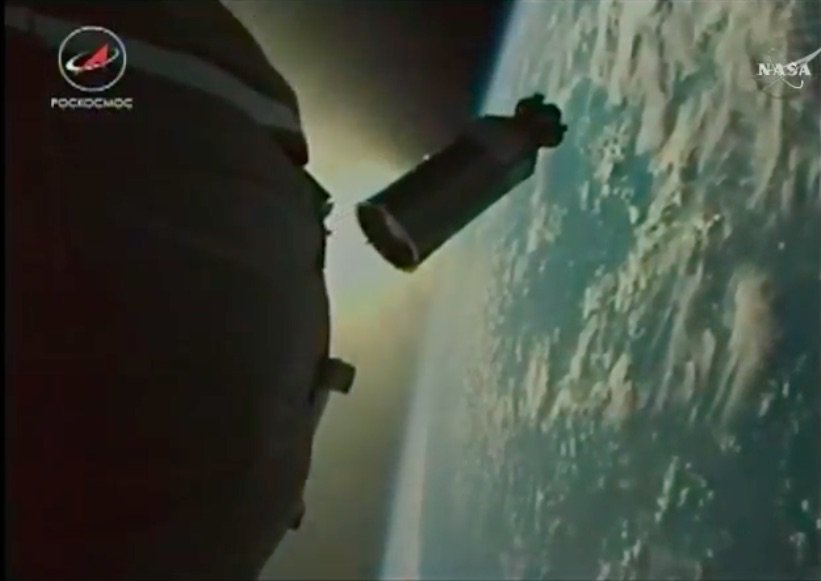Berzerker
Deity
Just found formal definition of ecliptic plane out of curiosity - it's actually not quite the same as the Solar system plane! Didn't know this. By definition it is the Earth orbit's plane and it's inclined by ~1 degree to the Solar system plane (which can be considered as weighted average of all planets orbits)
Orbits of other planets are within 6 degrees of inclination to it.
I thought the ecliptic (Earth's orbital plane) was actually 7 degrees off the equatorial plane of the Sun. The invariable plane - the planets combined - is 5.6 degrees off the sun's equator. Thats a significant clue to the existence of a large 9th planet with an inclined orbit, something we captured in the distant past, something we haven't found yet but has been dragging the planets - even Jupiter - away from the Solar plane. Its possible anyway.
https://asterisk.apod.com/viewtopic.php?t=19165







